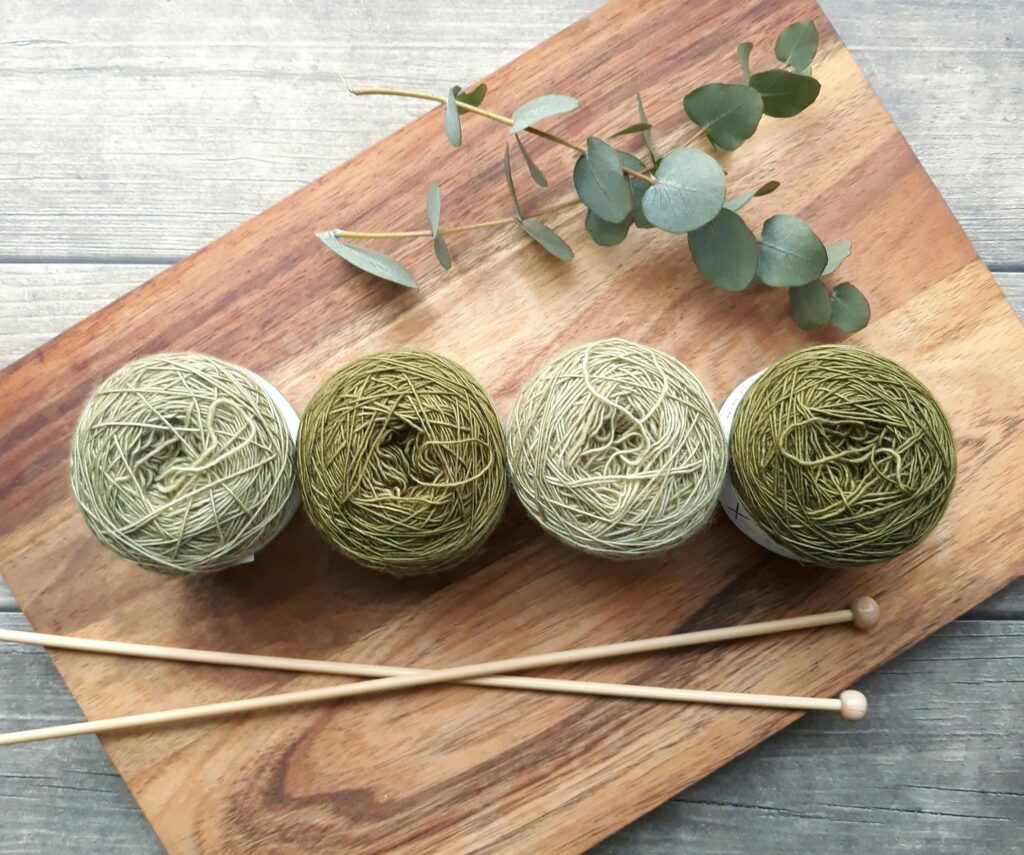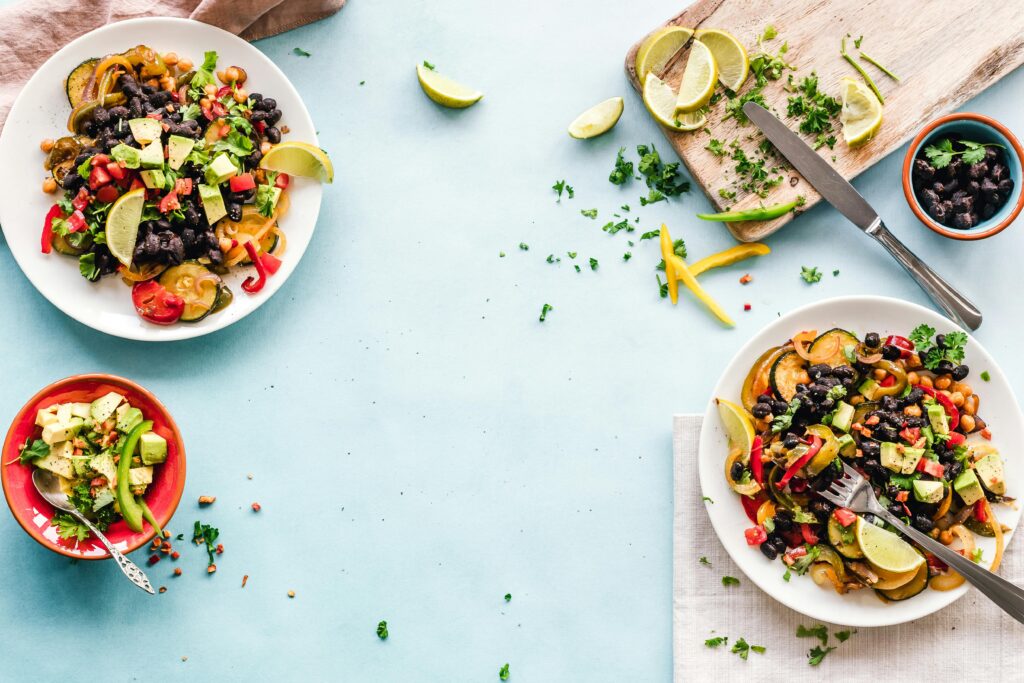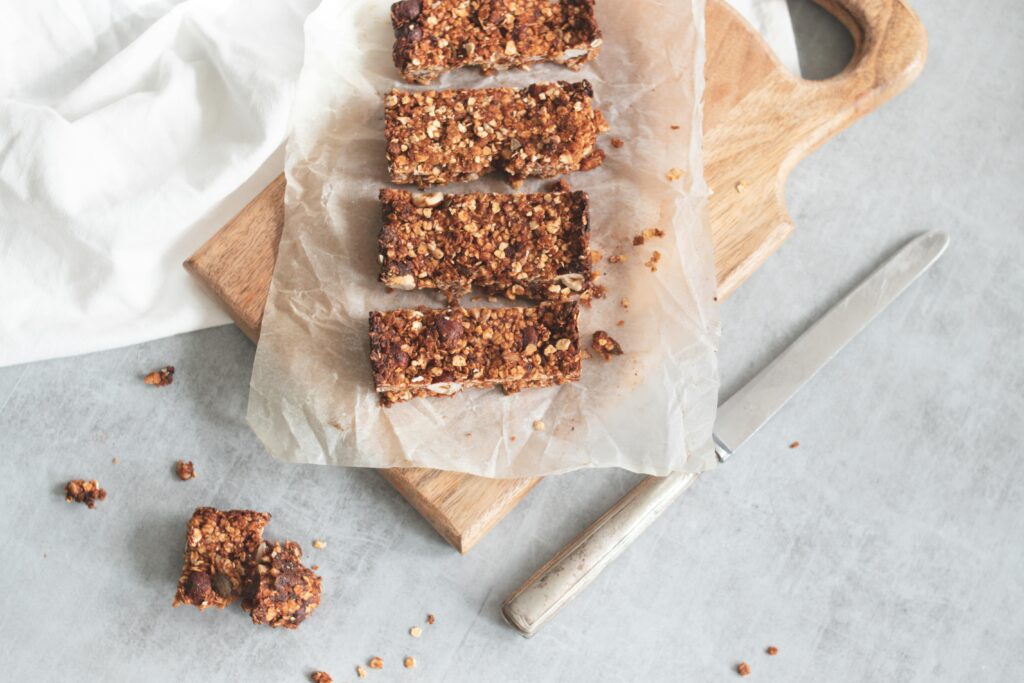What is homesteading? What are the requirements for it? Do I need land to homestead? The short answer is “no.” Homesteading is more than land, property, and skills. It is a mindset held up by core values that lead a way of life. Let’s dive into what the definition of homesteading is, how I’ve learned to homestead in my 750-square-foot apartment, the values that stand behind a homesteading mindset, and ten small steps you can take now to start homesteading tomorrow.
What Defines a Homestead?
Before we begin our analysis of the core values of a homesteading mindset, we need to remind ourselves of the mainstream definition of homesteading. The Merriam-Webster Dictionary gives these definitions:
Homestead: “the home and adjoining land occupied by a family,” “an ancestral home,” or a “house.”
Homesteading: “the act or practice of acquiring, settling on, or occupying land under a homestead law” or “the act or practice of living frugally or self-sufficiently (as on a homestead) especially by growing and preserving food.”
These definitions support the mainstream view that in order to homestead, you need a house, lots of land, a garden, barnyard animals, the skill set of our ancestors, and much more. I’m here to tell you you don’t need these grand investments of time and money to turn your life and home into a homestead.
How I Homestead in My 750-Square-Foot Apartment
I grew up on a ½-acre combined property with my parents and two siblings. We spent most of my childhood raising chickens and gardening. My dad even attempted to keep bees one year. The last few seasons of my time at home, I gained a strong passion for growing food so I took over the planning and cultivating of the family garden. When I moved out of state and into an apartment that I don’t even own, I felt a gaping hole that was once filled with getting my hands in the dirt.
I have been living in an apartment for the last 18 months and have only recently taken the first steps to creating a balcony garden for my husband and I. But I spent a lot of time without a garden space, and we will soon be entering the winter months, during which an outdoor garden will be impossible. I learned to fill my desire to provide and create by pursuing skills and activities I enjoy and thought would serve me well in the long run.
Although gardening is a true passion of mine, in its absence I turned to sourdough, crochet, sewing, preserving jam, prioritizing meals made from scratch, creating a welcoming home, and gathering a body of knowledge that would serve me and my family throughout my life. The definitions we covered earlier indicate that I wasn’t really homesteading because I didn’t have land, I wasn’t growing food, and I wasn’t able to be self-sufficient in many, many ways. I was simply pursuing various hobbies and passions, yet I believe I was homesteading all along. The difference is I was, and still am, homesteading by principle and mindset rather than by physical possession.
The Values that Stand Behind a Homesteading Mindset
1. A Desire to Serve Your Family
The first core value of a homesteading mindset is the driving desire to serve your family in the best ways you can. You take on the needs of each individual in the home as a personal obligation to provide and support in the ways you know how. And if you don’t already know how, you learn how. This involves self-sacrifice, a selfless attitude, and a desire to see everyone loved and cared for with the means accessible to you.
What might this look like?
- Taking on extra hours at work to make sure your family has enough food and a roof over their head
- Making ends meet on a smaller income to allow your children the blessing of a mother figure always in the home
- Mustering up the energy to cook a hearty meal when your battery is already running low or empty
- Sacrificing time alone to ensure you are there for those who need you when they need you
2. Taking a Holistic Approach
The second core value of a homesteading mindset is looking at the big picture and always moving towards the end goal. The nitty-gritty details of the here and now are be important in the ability to move through one day to the next. However, the end goal and larger picture should be what you are constantly working towards. If you do not have an end goal in mind, you will move through life like you are floating in space, without a trajectory to propel you and motivate you towards your destination. Taking a holistic approach is the process of examining your life and the choices you make through the lens of the whole picture.
What might this look like?
- Spending time cooking healthy, hearty meals from scratch for the sake of raising healthy bodies and saving money (money that could be put towards achieving your end goal)
- Deciding that one item you really want to purchase right now is not necessary–you can live without it–for the sake of prioritizing something that is truly needed
- Being content with where you are in life right now because you know you are working towards a bigger picture and this current situation is temporary
- Allowing yourself to set aside a trivial argument because it will needlessly damage a relationship
3. Desiring Skill Development
The third core value of a homesteading mindset is the desiring skill development, even if it might be easier to have someone else do it for you. When you have this mindset, you are eager to learn and collect a large and variable skill set that will serve you for the rest of your life. Each task you make the conscious decision to set out and accomplish with your own two hands is one where skill, respect, and knowledge are gained. That’s not to say help is not sought–asking for help is an incredible skill and tool to have–but you have the end goal of being able to do the task for yourself in mind.
Another aspect of this core value is recognizing the skills of those in your local community. Although many of us, including myself, would love to be an expert in every skill, it simply isn’t realistic. For those skills that require a bit too much investment, whether it be of time, money, or another aspect, search out someone in your local community who could help you and give you the opportunity to support their unique skill set.
What might this look like?
- Sewing a dress instead of purchasing one
- Doing your own taxes instead of hiring it out
- Growing your own food instead of purchasing everything from the store
- Doing your own homework or assignment by your own merit instead of handing it off to someone else or using the internet to complete it for you
4. Prioritizing Quality Over Quantity
Quality can be a description extended to just about everything that takes place in our lives: quality food, quality time, quality-made items, quality relationships, etc. We often overwhelm ourselves with large quantities of time-consuming commitments, a large number of friendships and relationships, and purchasing large numbers of cheap items that aren’t needed. Oftentimes, these things are a waste of time, energy, money, and mental exhaustion. The fourth core value of a homesteading mindset is evaluating and choosing quality in every area of life.
What might this look like?
- Placing less emphasis on relationships with acquaintances and focusing on developing meaningful, enjoyable, enriching, lasting relationships with close friends and family
- Saying no to events that will overwhelm your schedule and are of lower priority than others you have already committed to
- Purchasing one quality cooking pan that will last you years instead of buying 5 cheap pans in the same time span
- Investing time and money into a prolific garden for the quality produce you’ll receive out of it
- Removing excess toys and items from the home that only clutter the space and don’t serve and enrich your home
4-Core-Values of a Homesteading Mindset Summary
While each of these four values on their own can be applied to and seen in many different lifestyles, it is their combination that leads you to the definition of homesteading and the development of a homesteading mindset. Gaining a desire to serve your family, learning to take a holistic approach to life, embracing the desire to develop a variety of skills, and prioritizing quality over quantity will help strip away the non-essentials that crowd out, overwhelm, and distract you and help you concentrate on what truly matters.
If you’d like help working through your reflection of these topics, download the 4-Core-Values Reflection Sheet & Planner for FREE! Just sign up using your email and get the PDF worksheet for download.

4-Core-Values Reflection Sheet & Planner
Get started today planning your homesteading lifestyle your way!
FREE DOWNLOAD
10 Small Steps You Can Take Today to Start Homesteading Tomorrow
The four core values of a homesteading mindset outlined in the previous section can lead to many different lifestyles. Whether you love city apartment life, are supporting and building a family, are secluded in the rural countryside, or somewhere in between, you can embrace these four qualities to help enrich your life. However, if you want to work towards a traditional homesteading lifestyle, here are a few small ways you can start on your journey today:

1. Take up Journaling
Sometimes homesteading starts with getting yourself into the right headspace. Take up a daily journal to write out your thoughts, frustrations, goals, and aspirations. Use prompts if you need some help to get the contemplative juices flowing.
NEXT STEP: Turn your goals and dreams into simple, easy, implementable steps that can be taken one at a time to achieve your big picture!

2. Take Up an “Old-Fashioned” Hobby
Everyone can expand their skill set in one way or another. If you’re looking for something new to challenge yourself with, try your hand at crocheting, knitting, book scrapping, candle making, embroidery, or another skillful hobby. Take it slow and give yourself time and grace to learn the tricks of the trade.
NEXT STEP: Once you have become confident with one hobby and have learned to work it into your lifestyle, select a new one to continue adding to your skills.

3. Remove Unnecessary Clutter
Whether it’s physical or digital, clutter takes up a lot of space in our homes and minds. If you’re already feeling overwhelmed and don’t know how you could possibly take on something new, try taking a step back and evaluating what you already have. Is it necessary? When was the last time you used it? Is it helpful and/or edifying? If not, then perhaps it needs to go.
NEXT STEP: Take a moment to reflect upon your evaluation and determine what needs to change. It can be difficult and daunting to make those changes, so seek support from friends, family, and those who have come before you and are on the same journey.

4. Select One of the Four Core Values of Homesteading and Determine What That Looks Like in Your Life
NEXT STEP: Implement the changes you see need to take place, even if it takes time! The time will pass anyway; you might as well work towards your end goal. Then select another core value to work on. When you have worked through all four core values, look for ways to enhance their impact on your life and the lives of those around you.
Try using the 4-Core-Values Reflection Sheet & Planner to guide you through these changes. Enter your email below to gain access to the planner for FREE!
4-Core-Values Reflection Sheet & Planner – FREE DOWNLOAD
Get started today planning your homesteading lifestyle your way!

5. Challenge Yourself to Make and Eat Home-Cooked Meals 2-3 Days a Week
NEXT STEP: Increase the number of meals you eat at home, prioritize quality ingredients, and vary cuisines and recipes to gain a broader knowledge of cooking.

6. Take Up a Sourdough Starter and Start With a Simple Discard Recipe
NEXT STEP: Once you are comfortable with feeding and keeping a starter and using its discard in different recipes, make your first loaf of basic sourdough bread.

7. Choose a Simple Sewing Project With Step-by-Step Video Tutorials
NEXT STEP: Master that sewing project and be able to make it confidently without the tutorials. Select a range of simple projects to work on and become familiar with sewing symbols and written instructions to set you up for success in more complicated garments.

8. Make Your First Homemade Jam
NEXT STEP: When you know how to make a single jam recipe inside and out, branch out to work with different fruits and fruit combinations, different sweetening agents (honey, sugar, agave syrup, maple syrup, stevia, etc.), no-pectin jam recipes, and introduce canning to preserve the wonderful jam you’ve made! Jam is an excellent place to start when canning because the sugar content is so high, there are relatively few health risks involved.

9. Make a Small Countertop Herb Garden Using Mason Jars
NEXT STEP: Herbs can be finicky, but simple, plants to grow, so once you’ve mastered these, you’re definitely ready to tackle broader gardening horizons! Try moving your garden to the outdoors and planting in the ground, or purchase a couple vegetable seeds to try growing. Tomatoes, onions, carrots, zucchini, squash, and green beans are all great places to start! Select 1, 2, or even 3 vegetables to tackle next season, and make sure you research all you need to know about their care!

10. Make Your Own Snacks from Scratch
Homemade granola and granola bars are an excellent and easy place to start!
NEXT STEP: Expand your homemade snack arsenal with crackers, fruit leather, and copycat recipes of your own favorite snacks!
Reflecting on the Homesteading Mindset
When I didn’t have access to my parent’s garden or my small balcony garden, I found fulfillment in building skills elsewhere. I read, baked, sewed, crocheted, journaled, meditated, made and preserved jam, and cooked meals from scratch. Each of these activities have been steps I’m taking towards my end goal.
The skills I learn from these activities and others like them will help me serve the large family we hope to someday have and will equip me with the knowledge to provide for them in the ways that will serve them best. I try my hardest to be diligent and uphold the core values of the homesteading mindset we outlined today. For me, they are manifested in a more traditional definition of homesteading, but it may not look the same for you.
Homesteading is not confined to a house, lots of land, a garden, and barnyard animals. These things may be the end result of what homesteading looks like for some people, but it is so much more than these physical possessions. Homesteading is a mindset that revolves around a desire to serve your family, evaluating life with a holistic approach, embracing the desire to develop a variety of skills, and prioritizing quality over quantity. When these four core values come together, they create a loving home and environment that is primed for the growth you seek to obtain your desired lifestyle.
Don’t forget! If you’d like help working through your reflection of these topics, download the 4-Core-Values Reflection Sheet & Planner for FREE! Just sign up using your email and get the PDF worksheet for download.







